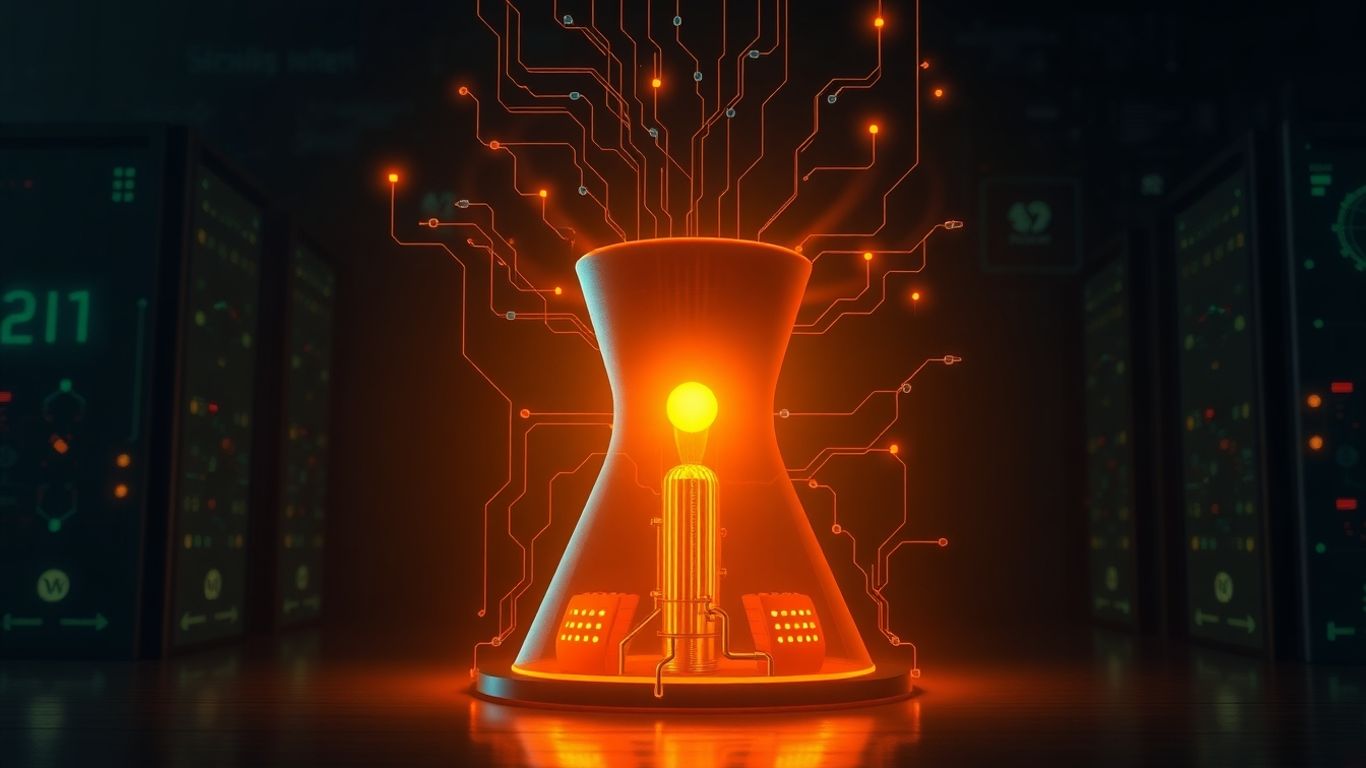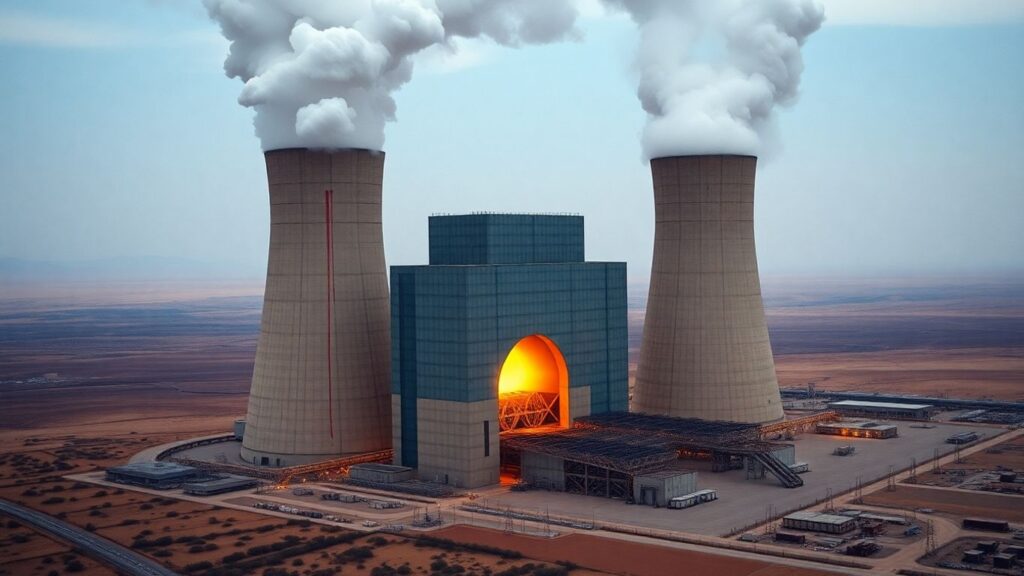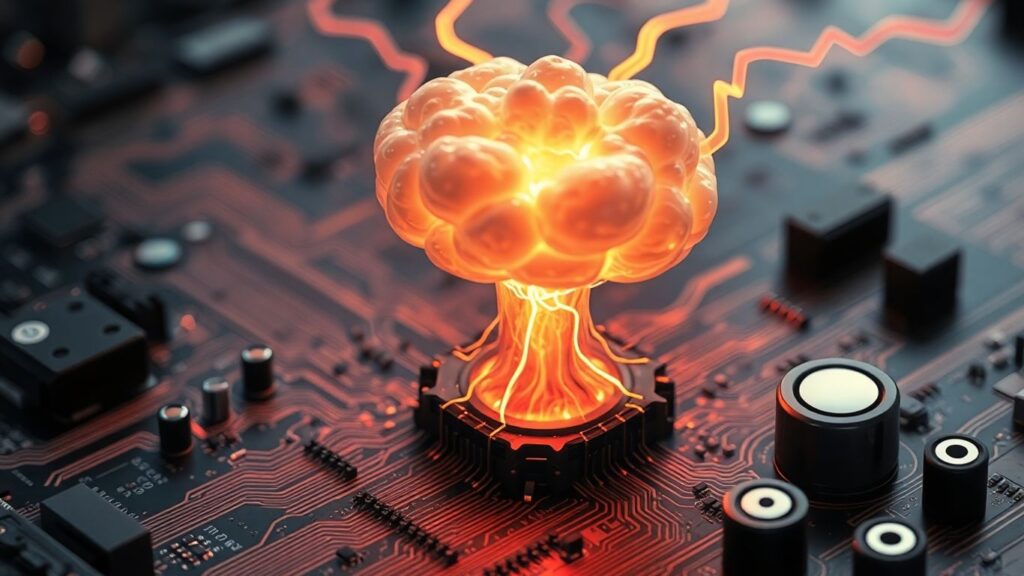In a significant shift, major technology companies like Microsoft, Google, and Amazon are making substantial investments in nuclear power to meet the escalating energy needs of artificial intelligence. This move signals a departure from their previous reliance on renewables, driven by the immense and constant power requirements of AI data centers. The industry is exploring both the revival of existing nuclear facilities and the development of advanced small modular reactors (SMRs) to ensure a reliable, carbon-free energy supply.
Key Takeaways
- AI’s Energy Appetite: The rapid growth of AI has created an unprecedented demand for electricity, challenging tech companies’ sustainability goals.
- Nuclear as a Solution: Nuclear power offers a consistent, carbon-free energy source, making it attractive for powering AI infrastructure.
- Diverse Investments: Companies are investing in both refurbishing older plants (like Three Mile Island) and developing new SMR technologies.
- Challenges Remain: Concerns about cost, construction timelines, waste disposal, and public perception persist.
The AI Energy Crisis
Artificial intelligence, particularly generative AI models like ChatGPT, consumes vast amounts of energy. Data centers housing the powerful GPUs needed for AI training and operation require a constant and substantial power supply. This demand has outpaced the capabilities of intermittent renewable sources like solar and wind, pushing tech giants to seek more dependable energy solutions to meet their ambitious net-zero emission targets.
Big Tech’s Nuclear Bets
Microsoft has committed to reviving the Three Mile Island nuclear power plant in Pennsylvania, aiming for a quicker and more cost-effective solution than building new facilities. Google and Amazon are focusing on small modular reactors (SMRs), a newer generation of nuclear technology designed to be smaller, potentially cheaper, and easier to deploy. Google is partnering with Kairos Power, while Amazon is investing in X-Energy, both developing SMR designs.
The Promise and Peril of SMRs
SMRs are touted as a more flexible and potentially safer alternative to traditional large-scale nuclear plants. They utilize designs like pebble-fuel reactors, which proponents claim offer lower risks and zero carbon emissions. However, critics point out that SMRs are largely unproven commercially, and the challenges of cost, regulatory hurdles, and long development timelines remain significant. Experts caution against overconfidence, suggesting that these projects could prove more complex and expensive than anticipated.
Navigating the Nuclear Landscape
While nuclear power offers a compelling solution for AI’s energy demands, it is not without its controversies. Environmental groups raise concerns about safety, waste disposal, and the high cost of nuclear projects. Despite these challenges, the urgent need for reliable, carbon-free energy is driving a renewed interest in nuclear power, with some regions, like California, beginning to reconsider their long-standing moratoriums on new nuclear construction.
Sources
- Big Tech’s big bet on nuclear power to fuel artificial intelligence, CBS News.
- Amazon, Google and Microsoft Are Investing in Nuclear Power, The New York Times.
- Big Tech turns to nuclear energy to fuel power-intensive AI ambitions, CNBC.
- Will AI’s huge energy demands spur a nuclear renaissance?, Nature.
- Nuclear power could be on the verge of a California comeback, CalMatters.












